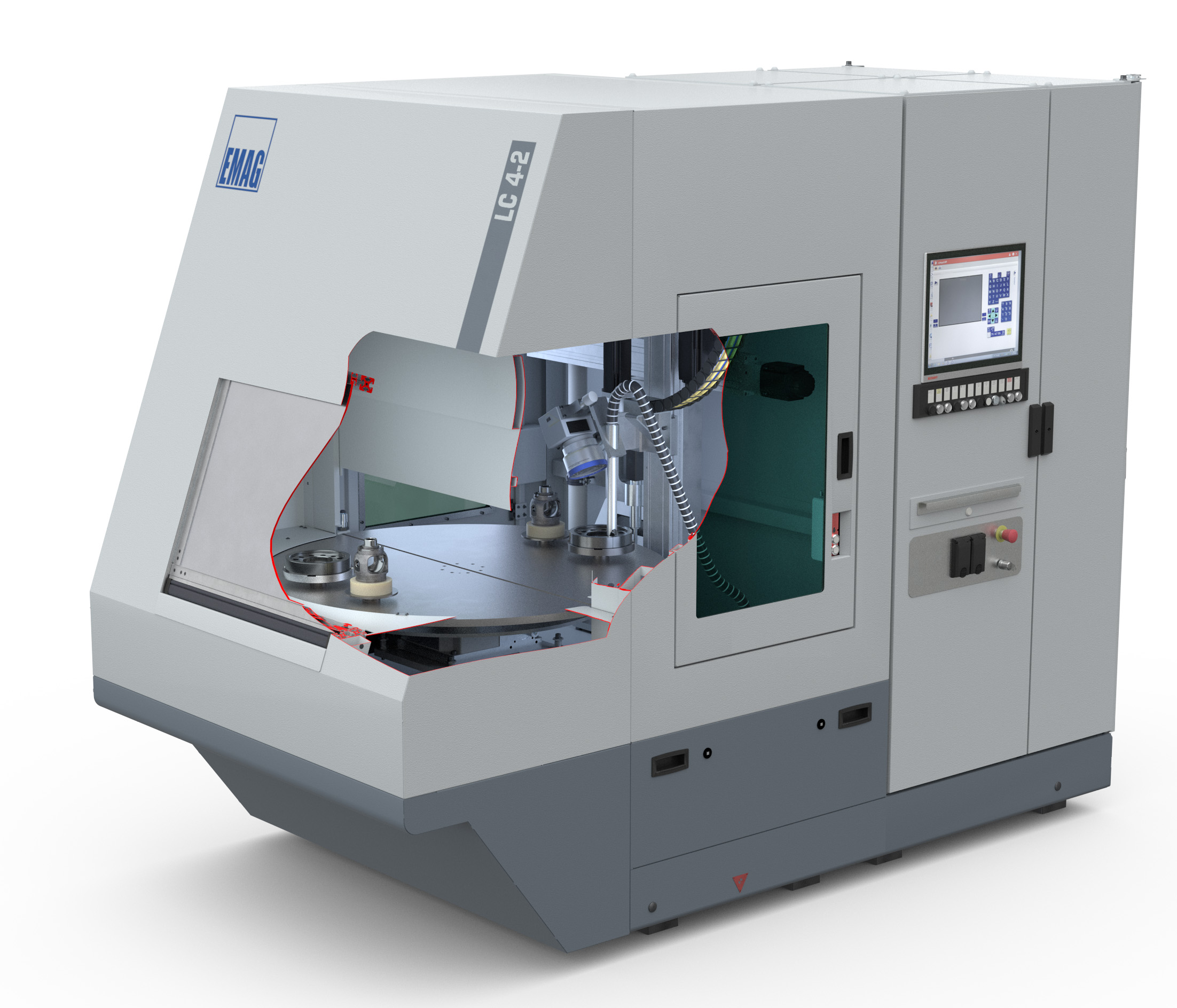
Water filters of a destiny might be finished from billions of tiny, graphene-based nanoscrolls, but graphene is expensive. The material’s well-developed automatic and chemical properties are due to a unequivocally regular, hexagonal structure, that resembles little duck wire. Scientists take good heedfulness in gripping graphene in a pure, unblemished form, regulating processes that are costly and time-consuming, and that exceedingly extent graphene’s unsentimental uses.
A team from MIT and Harvard University is looking to graphene oxide — graphene’s most cheaper, unlawful form. Graphene oxide is graphene that is also lonesome with oxygen and hydrogen groups. The element is radically what graphene becomes if it’s left to lay out in open air. The organisation built nanoscrolls finished from graphene oxide flakes and was means to control a measure of any nanoscroll, regulating both low- and high-frequency ultrasonic techniques. The scrolls have automatic properties that are identical to graphene, and they can be finished during a fragment of a cost, a researchers say.
Itai Stein, a connoisseur tyro in MIT’s Department of Mechanical Engineering, says: “Graphene oxide is dual to 4 orders of bulk cheaper, and with a technique, we can balance a measure of these architectures and open a window to industry.”
Stein says graphene oxide nanoscrolls could also be used as ultralight chemical sensors, drug smoothness vehicles, and hydrogen storage platforms, in further to H2O filters. Stein and Carlo Amadei, a connoisseur tyro during Harvard University, have published their formula in a journalNanoscale.
The team’s paper creatively grew out of an MIT class, 2.675 (Micro/Nano Engineering), taught by Rohit Karnik, associate highbrow of automatic engineering. As partial of their final project, Stein and Amadei teamed adult to pattern nanoscrolls from graphene oxide. Amadei, as a member of Professor Chad Vecitis’ lab during Harvard University, had been operative with graphene oxide for H2O catharsis applications, while Stein was experimenting with CO nanotubes and other nanoscale architectures, as partial of a organisation led by Brian Wardle, highbrow of aeronautics and astronautics during MIT.
“Our initial thought was to make nanoscrolls for molecular adsorption,” Amadei says. “Compared to CO nanotubes, that are sealed structures, nanoscrolls are open spirals, so we have all this aspect area accessible to manipulate.”
When they looked during what had been finished formerly in this field, a students found that scientists had successfully constructed nanoscrolls from graphene, yet with unequivocally difficult processes to keep a element pure. A few groups had attempted doing a same with graphene oxide, though their attempts were literally deflated.
“What was out there in a novel was some-more like crumpled graphene,” Stein says. “You can’t unequivocally see a conical nature. It’s not unequivocally transparent what was made.”
Stein and Amadei initial used a common technique called a Hummers’ process to detached graphite flakes into particular layers of graphene oxide. They afterwards placed a graphene oxide flakes in resolution and wild a flakes to twist into scrolls, regulating dual identical approaches: a low-frequency tip-sonicator, and a high-frequency tradition reactor.
The tip-sonicator is a examine finished of piezoelectric element that shakes during a low, 20Hz magnitude when voltage is applied. When placed in a solution, a tip-sonicator produces sound waves that stir adult a surroundings, formulating froth in a solution.
Similarly, a group’s reactor contains a piezoelectric member that is connected to a circuit. As voltage is applied, a reactor shakes — during a higher, 390 Hz magnitude compared with a tip-sonicator — formulating froth in a resolution within a reactor.
Stein and Amadei practical both techniques to solutions of graphene oxide flakes and celebrated identical effects: The froth that were combined in resolution eventually collapsed, releasing appetite that caused a flakes to casually twist into scrolls. The researchers found they could balance a measure of a scrolls by varying a diagnosis generation and a magnitude of a ultrasonic waves. Higher frequencies and shorter treatments did not lead to poignant repairs of a graphene oxide flakes and constructed incomparable scrolls, while low frequencies and longer diagnosis times tended to stick flakes detached and emanate smaller scrolls.
While a group’s initial experiments incited a comparatively low series of flakes — about 10 percent — into scrolls, Stein says both techniques might be optimized to furnish aloft yields. If they can be scaled up, he says a techniques can be concordant with existent industrial processes, quite for H2O purification.
“If we can make this in vast beam and it’s cheap, we could make outrageous bulk samples of filters and chuck them out in a H2O to mislay all sorts of contaminants,” Stein says.
To find out more please click here.



